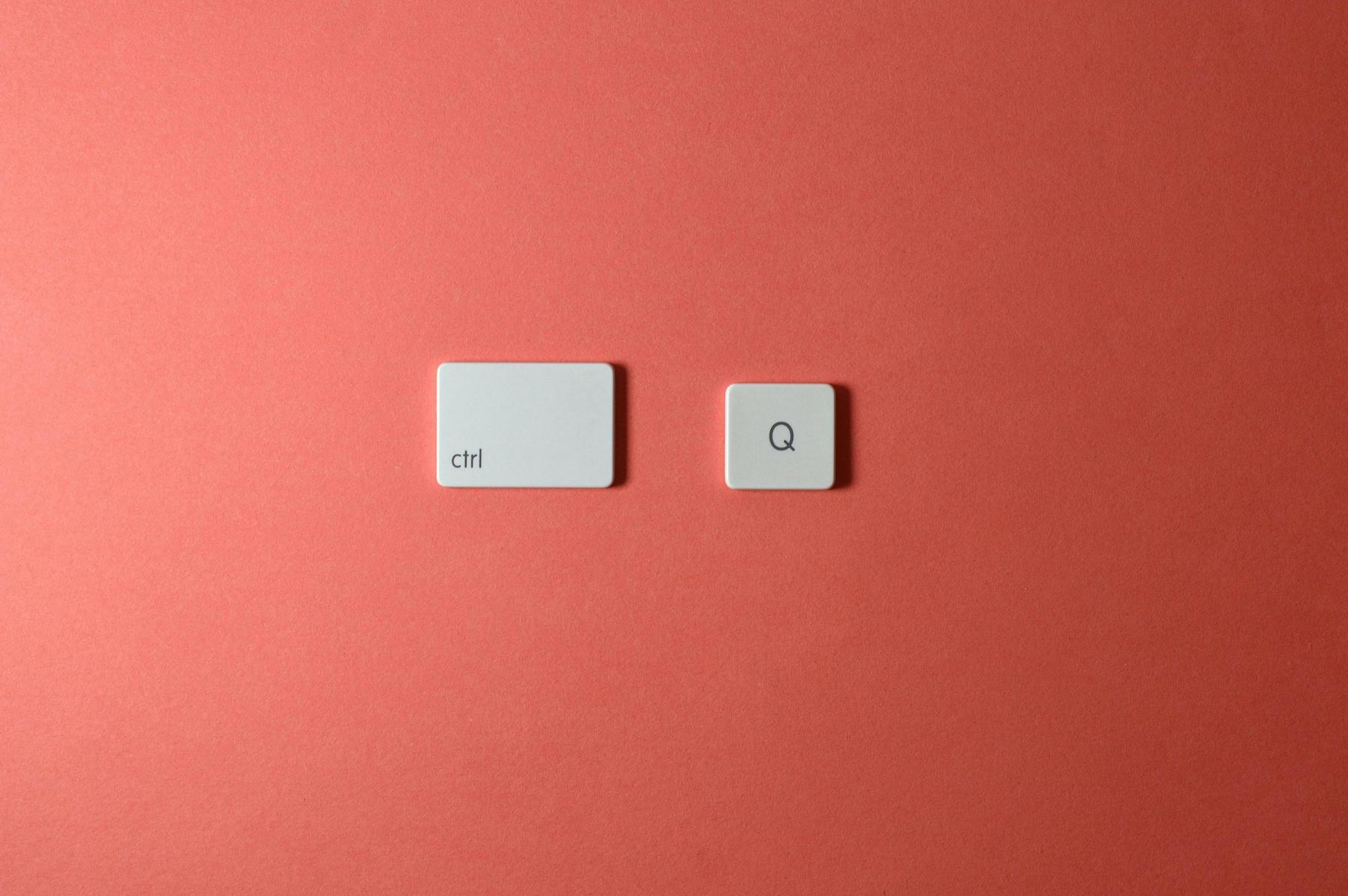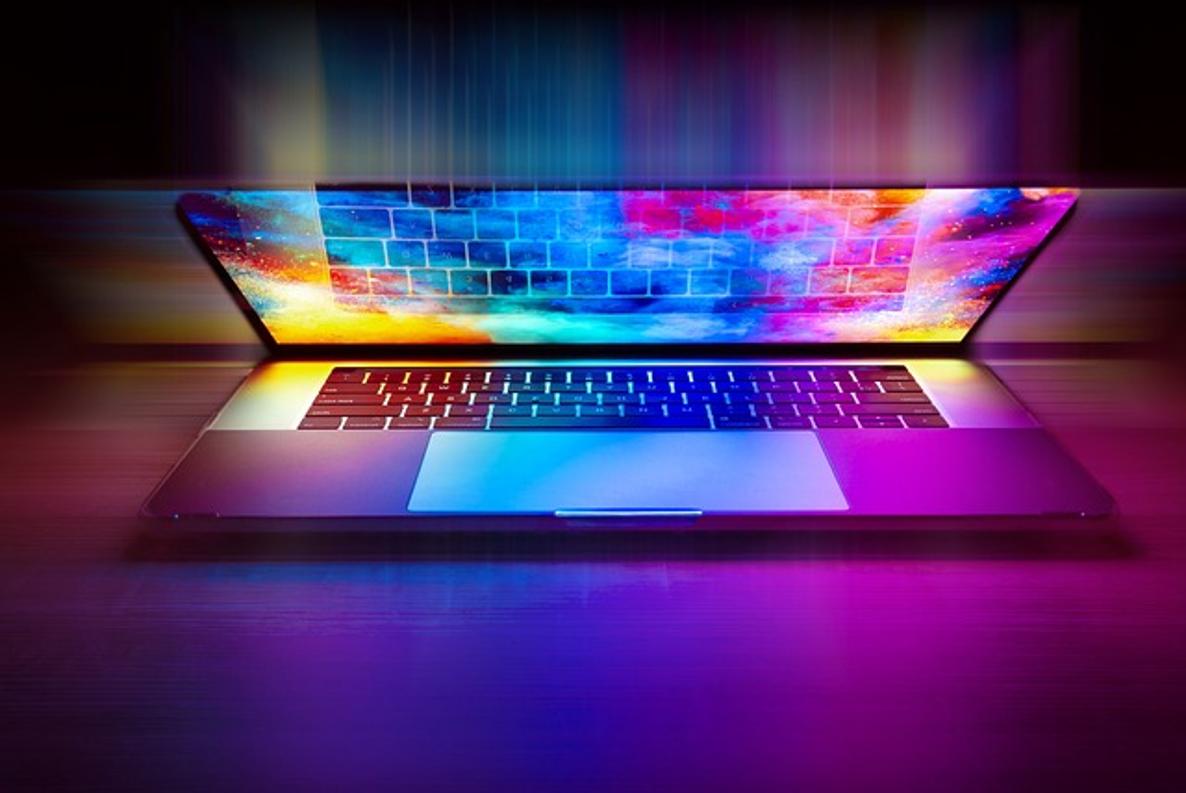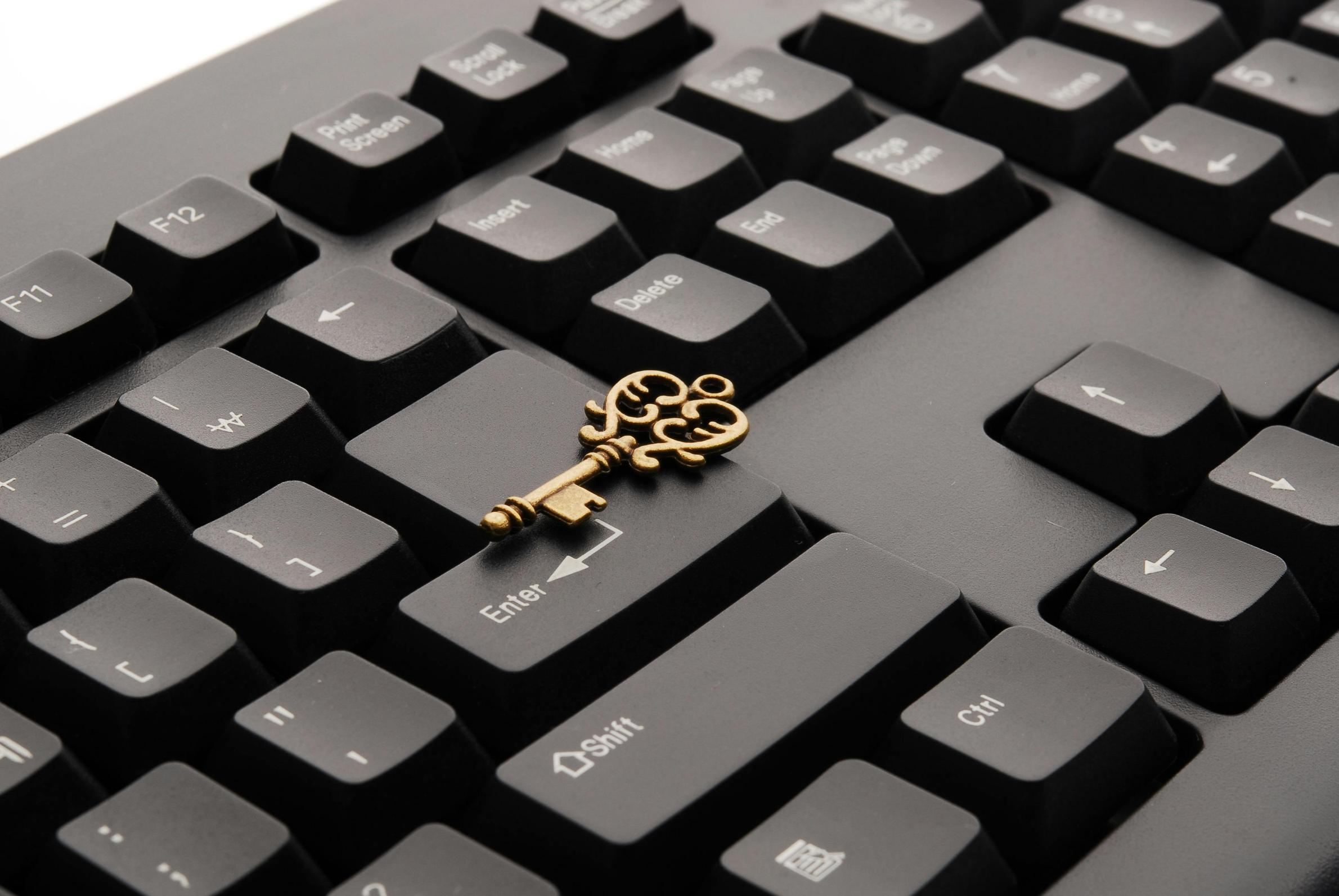Shortcut to Lock Computer: Quick Guide for Enhanced Security
Introduction
Locking your computer when you're not using it is a simple yet crucial practice. Whether you're stepping away for a moment or done for the day, securing your computer helps protect sensitive information from prying eyes. This guide will provide you with all the keyboard shortcuts to lock your computer quickly and efficiently across different operating systems.

Key Keyboard Shortcuts for Different Operating Systems
Each operating system has its own set of shortcuts to lock the computer. Knowing these shortcuts can be a game-changer for your daily productivity and security. Let's explore the key shortcuts for Windows, Mac, and Linux computers.
Locking Windows Computers
Windows users have two primary shortcuts for locking their computers. These methods are quick and easy, once you get the hang of them.
Using Windows Key + L
A popular and efficient method is using the Windows Key + L combination: 1. Simply press the Windows Key (usually located between Ctrl and Alt) and the letter 'L' simultaneously. 2. Your screen will instantly lock, taking you to the login screen.
Using Ctrl + Alt + Del
Another solid option is through the Ctrl + Alt + Del shortcut: 1. Press Ctrl + Alt + Del simultaneously. 2. A menu will appear; select the 'Lock' option from the list.
Locking Mac Computers
Mac users also have convenient keyboard shortcuts at their disposal. These shortcuts ensure that your data remains out of reach when you're away from your desk.
Using Control + Command + Q
For Mac users, locking the computer is just as straightforward: 1. Press Control + Command + Q at the same time. 2. Your screen will lock immediately, protecting your work from unauthorized access.
Additional Security Shortcuts
Beyond the primary shortcut, Mac users can explore additional security measures: 1. Control + Shift + Power button: This combination will turn off the display and lock the screen. 2. Hot Corners: Set up Hot Corners via System Preferences to lock the screen by moving your cursor to a particular corner.
Locking Linux Computers
Linux generally offers flexibility with customizations and configurations: 1. Press Ctrl + Alt + L to lock your Linux desktop. 2. You can also use the Screen Lock option available through the system menu.

Why Locking Your Computer is Crucial
Locking your computer might seem like a minor task, but it is essential for maintaining the security of your data and personal information. When you leave your computer unlocked, it becomes vulnerable to unauthorized access. This can lead to data breaches, loss of sensitive information, and even identity theft. For professionals working with confidential data, this practice is crucial to comply with privacy regulations and organizational policies. Furthermore, a locked computer adds a layer of security, ensuring that your work remains private and your device is safe even in a shared environment.

Practical Tips for Using Shortcuts Efficiently
Getting the hang of these shortcuts can significantly improve your daily workflow while ensuring your computer remains secure.
Practice Regularly
Make it a habit to use these shortcuts frequently: 1. Practice them daily until they become second nature. 2. Consistent use ensures that locking your computer becomes an automatic response whenever you step away.
Additional Useful Shortcuts
Expand your knowledge with additional useful shortcuts for efficiency: 1. Alt + Tab: Quickly switch between open applications. 2. Ctrl + Shift + T: Reopen the last closed tab in your browser. 3. Win + D: Show or hide the desktop on Windows.
Conclusion
Locking your computer is a critical step that should not be overlooked. Whether you're using Windows, Mac, or Linux, there are simple keyboard shortcuts available to ensure your machine is secure at all times. By incorporating these shortcuts into your daily routine, you can enhance your personal and data security effortlessly. Remember, the security of your information is in your hands, so make it a habit to lock your computer whenever you're away.
Frequently Asked Questions
How do I create a custom shortcut to lock my computer?
You can often set custom shortcuts through your operating system's settings. For example, on Windows, you can use PowerToys to remap keys and create custom shortcuts.
What are the benefits of locking my computer regularly?
Regularly locking your computer helps protect sensitive data from unauthorized access, prevents potential breaches, and maintains your personal and professional privacy.
Are there any apps that can help me lock my computer?
Yes, there are several apps available, such as Alfred for Mac and various screen lockers for Windows, which can provide additional security features and customization options.



